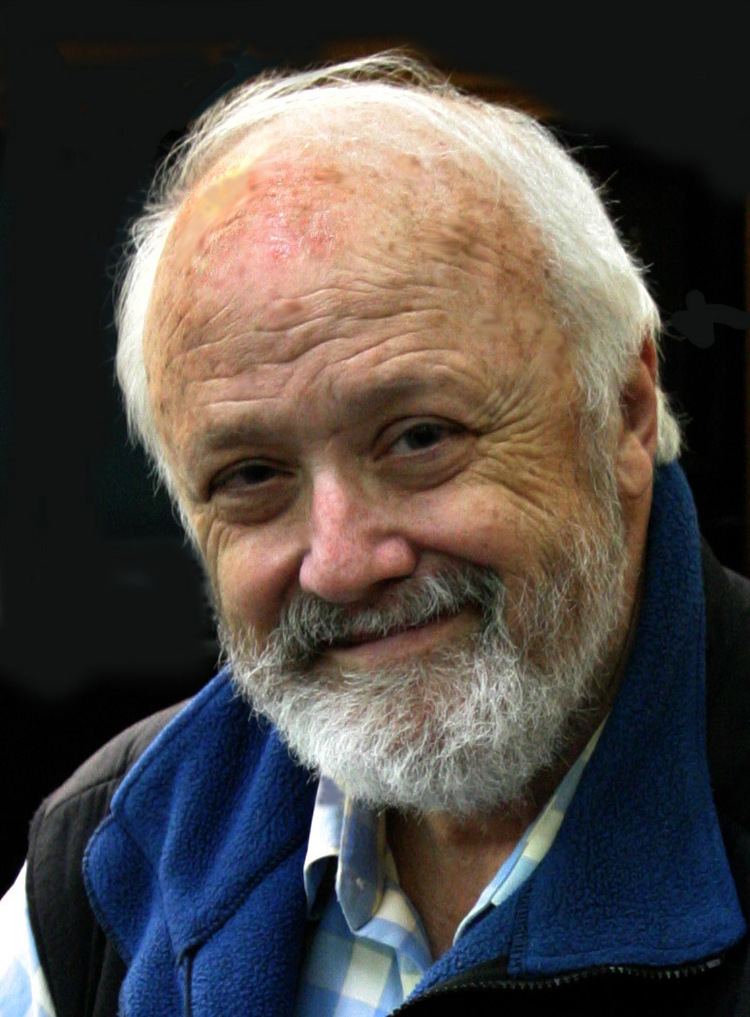Citizenship USA Name William Calvin | Role Professor | |
 | ||
Alma mater Northwestern University, BA honors in physics, 1961. University of Washington, Ph.D., Physiology & Biophysics, 1966 Education University of Washington, Northwestern University Fields Neurophysiology, Biological anthropology, Climatology Books The cerebral code, How Brains Think, Conversations With Neil's Brain, A Brain for All Seasons, Lingua ex Machina Similar People Derek Bickerton, Charles F Stevens, Daniel Dennett, Roger Lewin, Susan Greenfield - Baroness | ||
The Evolution of Human Minds
William H. Calvin, Ph.D. (born April 30, 1939) is an American theoretical neurophysiologist and professor at the University of Washington in Seattle. He is a well-known popularizer of neuroscience and evolutionary biology, including the hybrid of these two fields, neural Darwinism. He relates abrupt climate change to human evolution and more recently has been working on global climate change issues (his 2008 book Global Fever).
Contents
In his 1996 book How Brains Think: Evolving Intelligence, Then and Now, Calvin writes as an advocate of the idea that brain-based Darwinian processes are what provides brains with what are called "consciousness" and "intelligence". Calvin starts with the harmless division of brain processes into two types, those that depend on "cerebral ruts" (hardware) and those that dance more freely through the brain and so are able to function like "software"; Calvin usually calls these "firing patterns".
Calvin's more audacious step, in his research monograph The Cerebral Code, comes when he suggests that the pattern of action potentials in any particular neocortical minicolumn can be replicated and spread through the cortex like a piece of software code and be "played" on the millions of other minicolumns in the same way one can play a million copies of a compact disc (CD) on a million CD players – the key difference being that while all CD players are designed to do basically the same task, the various cortical minicolumns can all have their own unique "ruts" and the copies of the firing patterns are not exact duplicates.
This allows for a "cerebral symphony" rather than just a million-fold amplification of the same tune and a "survival of the fittest" process whereby those firing patterns that resonate best with the existing pool of "ruts" will dominate one's consciousness and generate intelligent behavior. ("Our long train of connected thoughts is why our consciousness is so different from what came before.")
In writing about what mind will become, in A Brief History of the Mind he notes, "We will likely shift gears again, juggling more concepts and making decisions even faster, imagining courses of action in greater depth. Ethics are possible only because of a human level of ability to speculate, judge quality, and modify our possible actions accordingly."
William H. Calvin has advanced the view that use of the Acheulean hand axe in hominids was a major factor in the evolution in human intelligence.
